Hi! It is a blog: How Unique Japan!
We always share the Japanese uniqueness. What comes today?
On the front page, Japan has many differences in lifestyle compared to any Western country. It is sometimes due to those based on religions, characters, and geographical features.
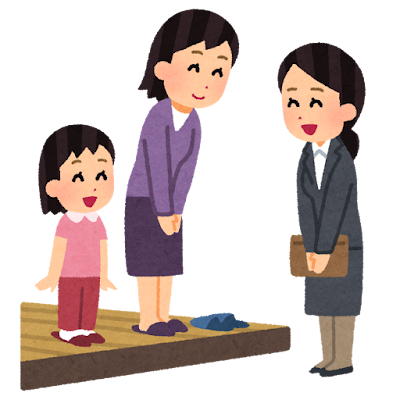
It must lead to other curiosities. How different are Japanese lifestyles?
There is one example.
When visiting a Japanese friend’s house, you will notice a unique entrance area called the Genkan, where we should take off our shoes before entering.
Besides, greeting other people with a vow also has unique manners. They are odd for people from another country, aren’t they?
The Lifestyle 1. Genkan entrance
Then, let us focus on the Genkan (Japanese entrance) as an example for this page.
As it says, any Japanese house has an entrance where we take our shoes off and hop up the higher floor like one step up the stairs.
Why is the Japanese first/grand floor higher than the surface?
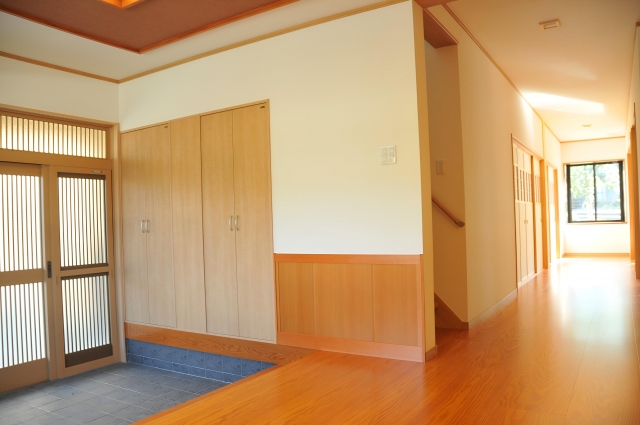
In the lecture, the entrance should be a significant area to separate the outside and inside (our living area/territory). Then, we need to take our shoes off when we go inside.
However, it has another function.
It is for VENTILATION.
As the front page said, Japan gets very humid every summer. Such humidity is a problem because molds and fungi can grow anywhere and start to ruin any building that consists of wood. (If you want to know about good fungi or molds in Japan, please look here.)

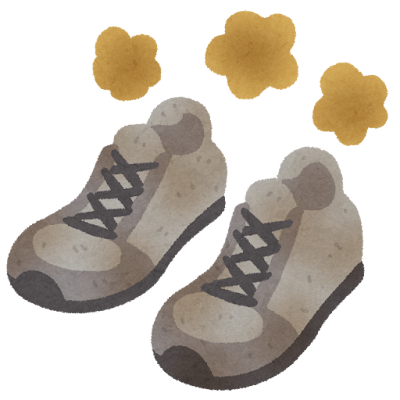
That is why the ancient Japanese invented a unique building structure.
A first/grand floor should be constructed higher than the basement for the path of air.
Besides, please come to think of it.
Do you want to keep yourself wearing shoes on a very humid day?
Of course, you don’t because your feet would get a bad smell, and bacteria born on your soles would cause worse effects on your health.
That is the Genkan. It is the entrance where we need to take off our shoes.
That is the Genkan. It is the entrance where we need to take off our shoes.
So, this is just one example.
Let’s see some uniqueness around Japan.
2. Around the residential area
When you go around a residential area in Japan, you need to pay attention somewhere. As the front page said, there are so many cars and bicycles that even passengers focus on their smartphones while walking.
In this section, we would like to touch on the situation of Japanese traffic. If you are interested, visit here!

3. Funiture (almost traditional)
The entrance Genkan is for ventilation. The idea to make our lives comfortable is not over.
In this section, we will introduce more daily things related to furniture. They are traditional/old but respectable due to the invention of the ancestor’s idea.
Take a look at such creations.
Irori (Japanese fireplace)
People feel cozy when they are by a fireplace. However, we Japanese don’t have it in each house due to its structure.
Instead, we used to have a small pit filled with ash in the middle of the living room in old times.
It is the irori, which serves several purposes – heating and cooking. Click here for more details.
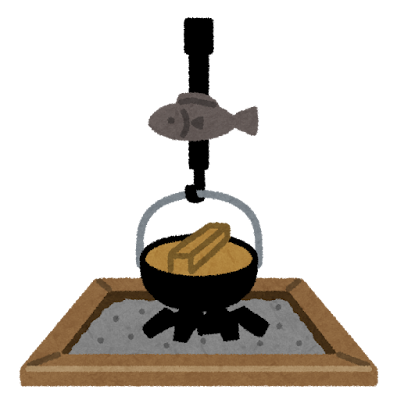
Japanese charcoal, Sumi
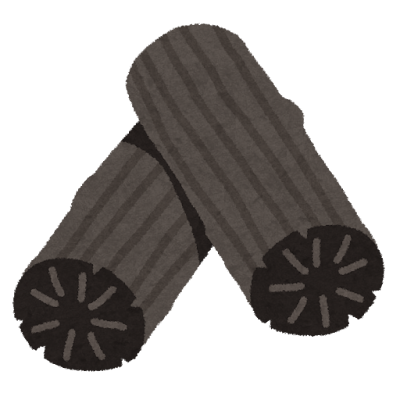
What was the energy source for antient people in Japan? It is off course the charcoals. However, they used it in multiple ways. How did they utilize it?
Please check here!
Kotatsu table
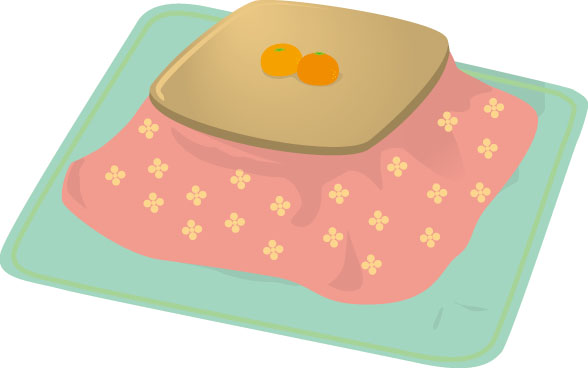
There are various ways to warm us in Japan because every winter is unbelievably cold compared to the summer season.
This interesting-looking table is an invention for cold weather. It is Kotatsu, still popular now.
Let’s see more with the article.
Hanko (Stamps)
The stamp is inseparable from us, the Japanese, whenever we make an official contract (Eg, bank contracting) to ensure our ID.
Why do we still use such an analog system? Check here!
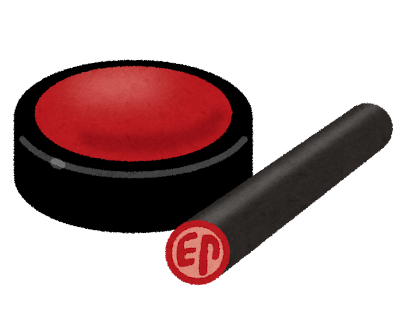
Tatame seat
You may see green grass seats in the living room of the old-style Japanese house.
It is a Tatami (seat) made of grass.
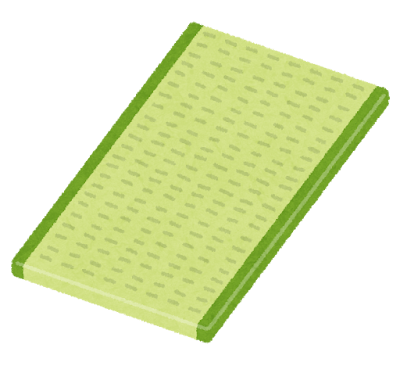
Take a look here!
The school bag, Randoseru
The children in elementary school usually carry this unique school bag for their notes and stationery. Why did we start to use such bags?

Check here!
School Uniform
After the graduation from elementary schools, kids usually step in the junior high schools, then high schools.

Some schools order them to wear uniforms designated by.
But why? What does it mean? Click here!
Stationary in Japan
Uniforms are not enough for school life. Yes, the stationaries are another essential equipment for it!

However, those in Japan are also unique and a bit incomprehensible.
Take a look from here!
Souvenir Jacket
The unique culture in Japan sometimes affects those from different countries. This jacket should be a clear example of it.
It was born with a combination of Japanese Kimonos (traditional clothes) and Army uniforms from the US.

What does looks like? And how was it born? Check here!
4. The events in Japan
Japan also has many special holidays and events.
In the springtime (April), all official businesses and the education system (schools) consider the time as the beginning of the next season.
Around summertime, there is a unique period/season (about one week) when we Japanese need to treat our past ancestors gently with food, dance, and fire, which is called the “Obon” season.
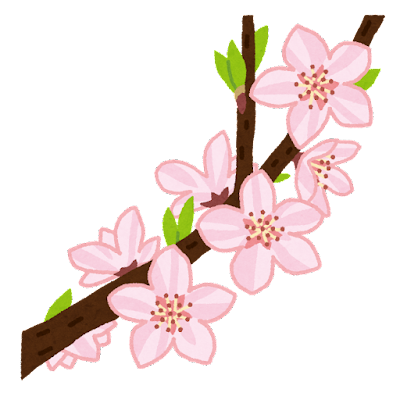
These are just a few examples of common behaviors in Japan.
It is usually annoying for Japanese citizens because there are many special and unique events in each area or prefecture, and they have complicated procedures and manners.
Indeed. We are busy!
However, each manner, behavior, event, and architectural feature has a reason/cause from a long history that we should appreciate.
OK! Let’s see what’s more else!
- Carp streams (Koinobori)
Each country should have a festival or events to celebrate their kids’ healthy growth.
Yes. Japan also has a special day called Kids’ Day (Kodomo no hi). Its feature is CARP (flags) flowing through the sky. Why do we raise the flags for the celebration?

- Obon season
The event is for the season, while we reconsider our loved (and past) people. It is Obon season.
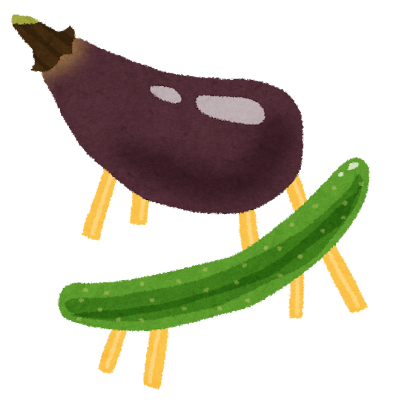
We believe that such a beloved will return from heaven.
They will say “Hi! How is it going?” to us and stay during the season.
Let’s see more with this article!

- Doll’s Festival (Hina Matsuri)
On March 3rd, it is the holiday for Japanese girls. We usually celebrate their healthy growing with gorgeous dolls. What does it mean? And what history is behind them?
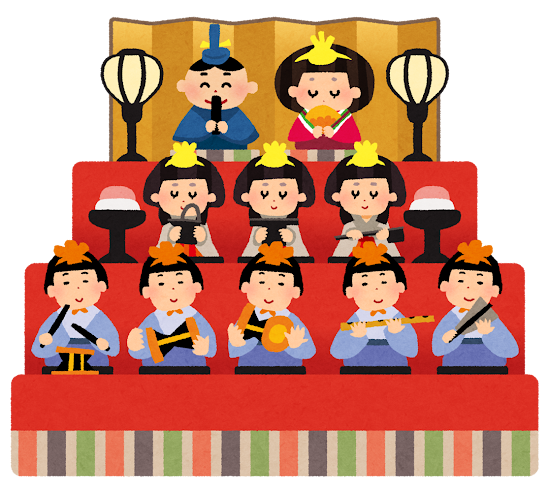
Do you want to know? Click here please!
- Lion dance “Shi shi mai”
Every event held around shrines or temples usually has this unique dance. In the activity, the protagonist is a spiritual monster, Shishi.
Why do they dance? Who are they?
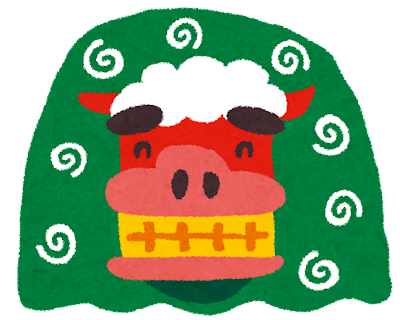
Look at this article!
- Shichigosan (Seven, Five, Three)
In November, we have a small celebration for kids’ healthy improvements. It is Shichigosan. Strangely, the event is for the children who got three years old, five, and seven.
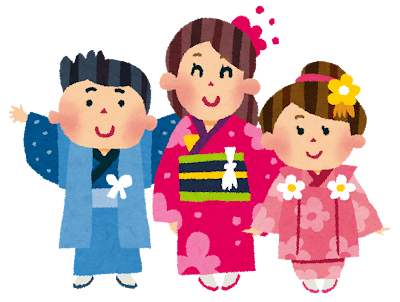
Why and what are details behind?
Click here!
5. Activities and sports
What do you imagine when you hear Activities? Baseball or soccer?
In Japan, some traditional games are simple and small for communicating with neighbors.
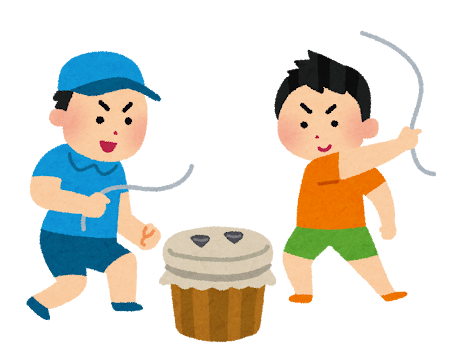
On the other hand, the official games like Sumo wrestling are more complex.
So, we separated them into Activities and Sports to avoid complications.
Let’s follow the below.
Activities
Beigoma
Everyone loves competition. It is baseball, basketball, soccer, cricket, and a spinning top. Wait. Tops?
Yes. Japanese (especially boys) used to play/compete with their opponents using the spinning tops. On a small stage, they fought by hitting each other.
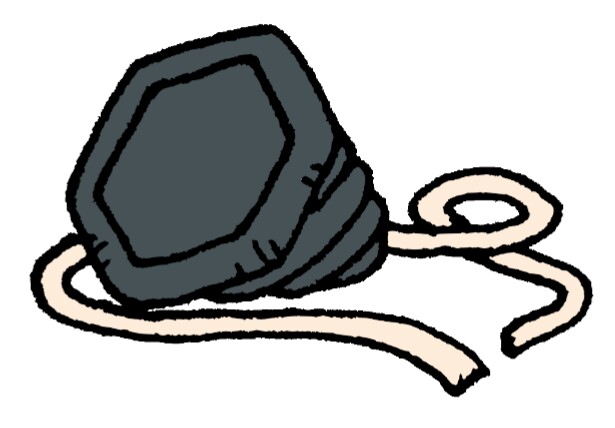
What are more rules? Take a look here!
Gacha (toy capsules)
It should be a well-known Japanese activity/toy, looking like a gummy machine.

However, the box machine contains small toys instead of the gums. The feature is the number of kinds. Seriously, there are enormous and various capsule toys in Japan.
Do you want to feel the air? Click here!
Menko card game
Any card game should be a mind game. It is how to gain better strategies than an opponent, and it is a common rule, right?
However, Japan has a card game with our physical power, smashing!
Do you want to know more? Please take a look here!
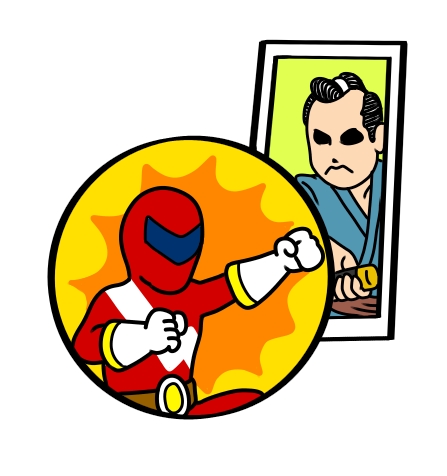
Karuta and Hyakunin Isshu
Such a unique card game is not only the Menko. We have the other physical card games.
They are Karuta and Hyakunin Isshu. Check how it works here!
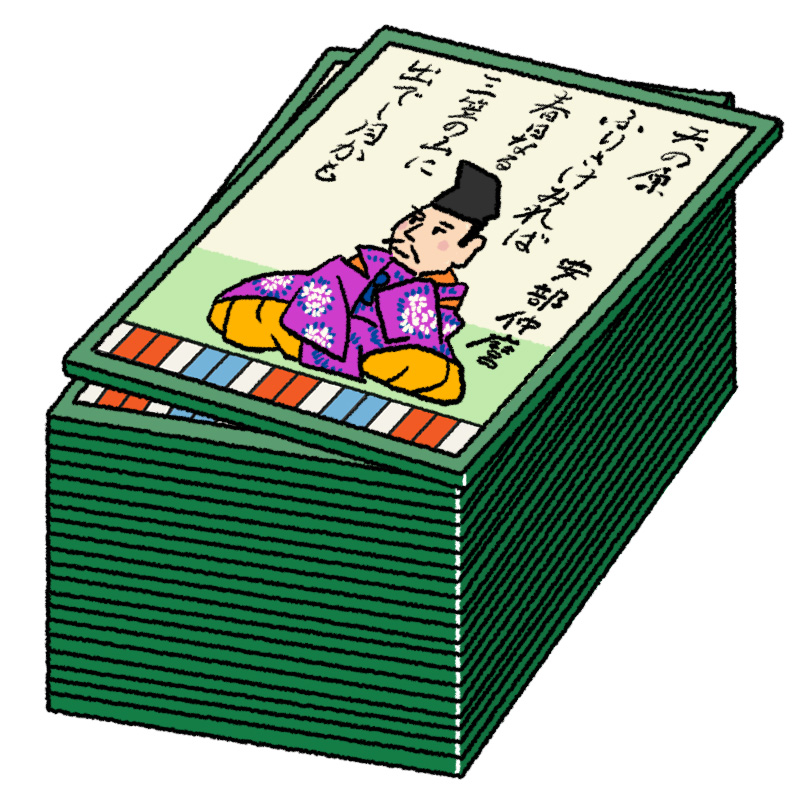
Japanese kite, Tako
Japanese kite also took unique revolution. There are many kinds of festivals for the toy and shape is square and hexagon.
Check more details here!

Mini Bonsai (miniture Bonsai)
Have you heard the word Bonsai? They are small trees.
It is similar to gardening. Planting a tree and then keeping it in a small size by cutting and bending it with wires is the technique.
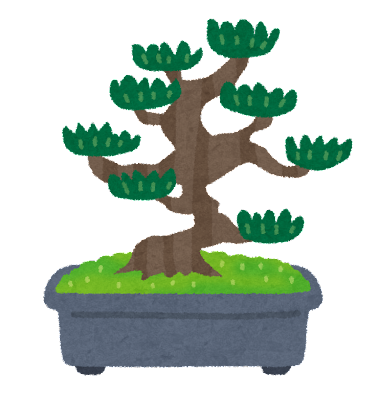
The feature is the plants themselves. They are sometimes ONE HUNDRED YEARS OLD, although it is small.
One problem is price.
Any costs associated with it should be high, for example, a pot, soil, and scissors.
It is why the miniature version was born. It is easy to take care of due to the much lower cost. Let’s see more details.
Goldfish in Japan
As you know, the activity is not only a physical game. Reading a book, watching a movie, or listening to music can be that.
So, how about looking at goldfish in an aquarium or pond. We Japanese have been keen on that beautiful fish for a long time. Thus, there are various kinds of goldfish.
Do you want to see more tips? Click here!

Sports
Sumo wrestling
That unique wrestling must be a famous official sport in Japan with a long history.
Occasionally, it has unique rules and attitudes of Sumo players.
In this section, we shall show you some features of that unique sport.
If you are interested in this sport, take a look here!
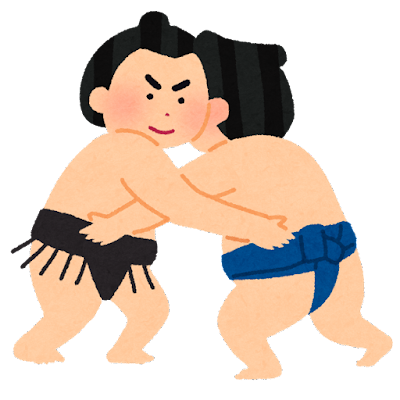
Kemari
It seems like juggling a soccer ball with other players, although the sport was born in the UK.
However, this game has been a tradition in Japan for over 1000 years!
Let’s have a look at this!
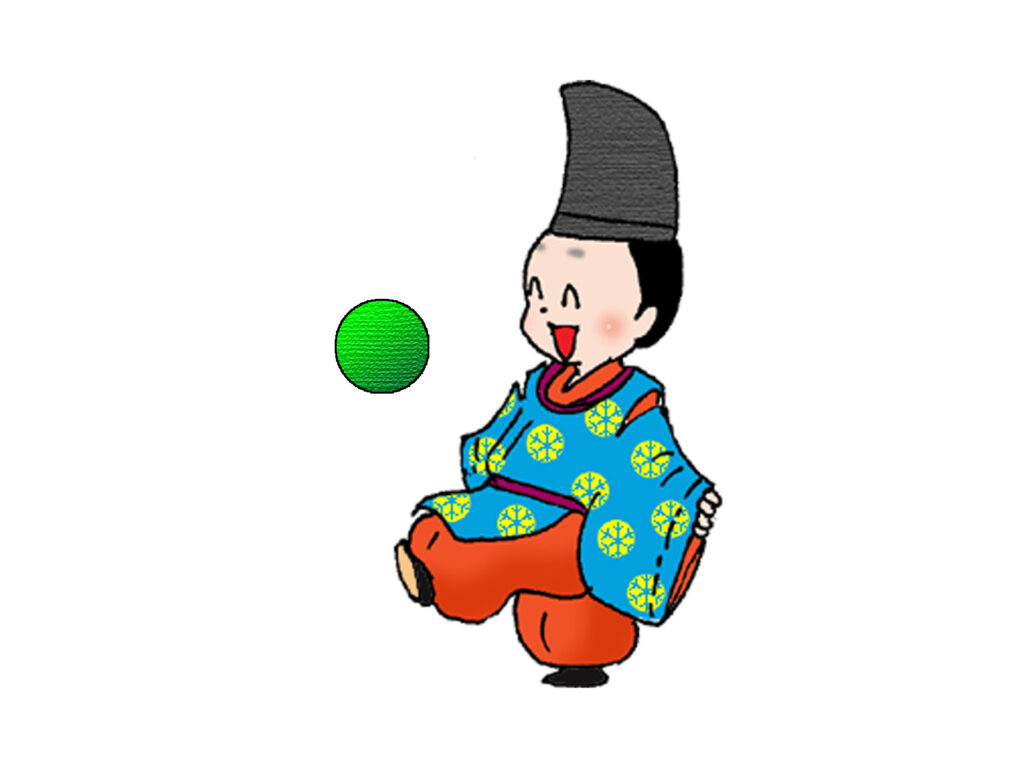
To close
Thank you so much for reading these articles.
But it is not yet. This blog also features other categories, Japanese food and What is the Edo era. If you are interested in them, please take a look there.
OK! time to go! See you for the next article about Japanese Uniqueness!
